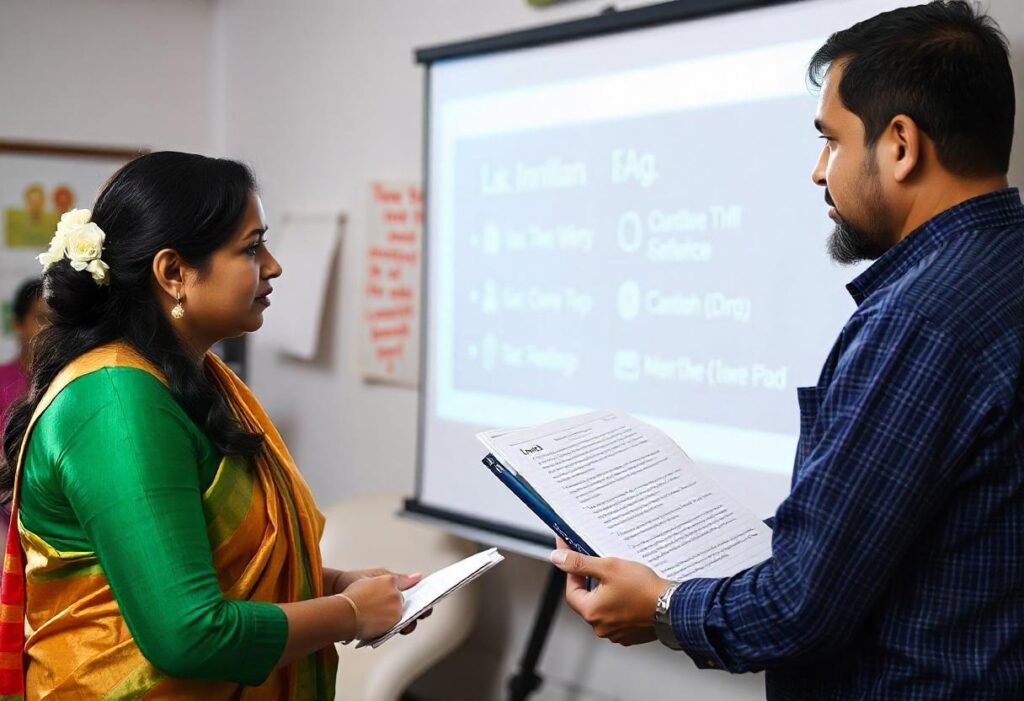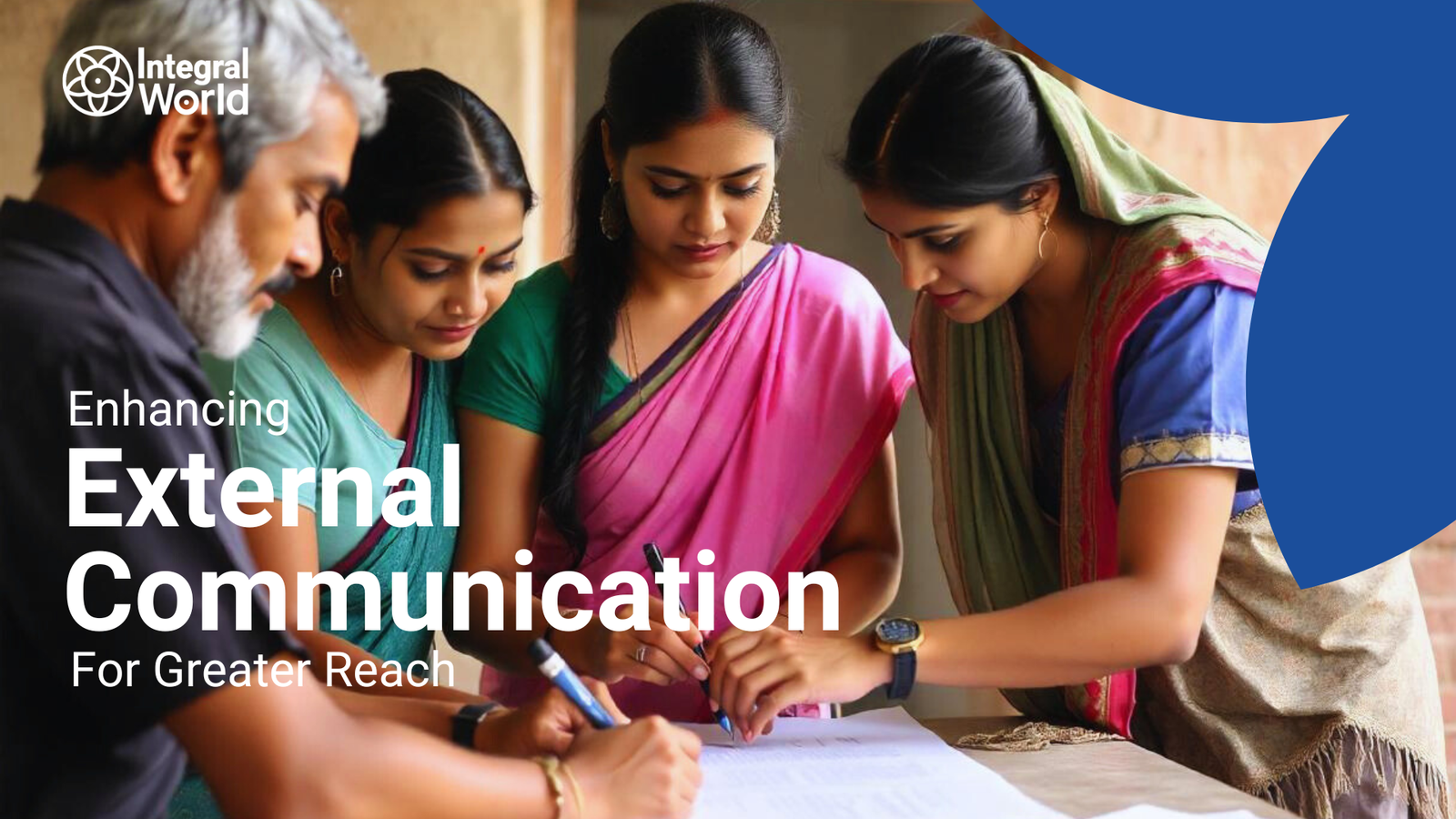Sustainable development non-profit organization like Integral world recognizes the importance of strategic communication in amplifying its mission. This paper discusses how development organizations can enhance external communication for greater reach drawing insights from researchers, practitioners and scholars whose knowledge has shaped the field over time. The next section provides some practical tips that could be used by NGOs or other entities to make their messaging processes more effective.
The Importance of External Communication in Development Work
External communication refers to all interactions between an organization and its various stakeholders including donors/beneficiaries/clients/customers/partners/collaborators/contractors/suppliers/subsidiaries/franchisees/distributors/agents/licensors/licensees/grantees/grantors/lenders/shareholders/investors/users/professional advisers/consultants/legal advisers etc. general public etc.. For Integral World for example; good external connectivity means simply:
- Raising Awareness: By educating the public about what they do & why it matters.
- Engaging Supporters: To attract those among them who have helped fund raise or facilitate these events so that they continue with such work.
- Building Trust: In order to establish and maintain relations with stakeholders.
- Driving Impact: By galvanizing people to act or influencing policy decisions.
Insights from Scholars and Thought Leaders
For Ganz (2006), storytelling is an important part of external communication. “Stories communicate our values through the language of the heart, making them not just understandable but also meaningful” (Ganz, 2006).
Moreover, social media has emerged as a key channel for the modern NGOs’ external communication strategies which support increasing levels of citizen engagement in non- profit activities (Kanter, 2011). Kanter (2011) goes on to say that “Social media provides a platform for non-profits to reach a broader audience, engage in real-time conversations, and build a community around their cause.”
The importance of beginning with why is emphasized by Sinek (2009). To him “People don’t buy what you do; they buy why you do it. And what you do simply proves what you believe” (Sinek, 2009).

Case Studies: Successful External Communication Strategies
Case Study 1: The Ice Bucket Challenge – ALS Association
To increase awareness about amyotrophic lateral sclerosis (ALS), the ALS Association began an online video campaign known as Ice Bucket Challenge in the year 2014(Marwick & Boyd, 2015). Participants were required to pour ice-cold water over themselves while filming it and then challenge their friends or family members by posting their own videos on social channels along with nominated names who had to take up this challenge too while donating money.
Success Factors:
- Viral Nature: Its interactive & humorous format made it go viral within no time.
- Celebrity Endorsements: Celebrities endorsed it thus it reached many more people than expected.
- Clear Call to Action: It forced participants into immediate action i.e., contribute and share.
Case Study 2: #OptOutside – REI
REI, an outdoor retail co-operative, introduced the #OptOutside campaign in 2015 by closing its stores on Black Friday and urging people to spend the day outdoors rather than shopping. This daring move struck a chord with their target audience and was consistent with their values.
Factors contributing to success:
- Authenticity: The campaign truly reflected REI’s commitment to outdoor activities.
- Engagement: The hashtag allowed for user-generated content hence developed a sense of community.
- Media Coverage: The unconventional approach generated lots of media coverage.
Best Practices for Improving External Communication
1. Harnessing Storytelling
Through stories you can humanize your purpose, arouse emotions and lead into actions.
Action Steps:
- Personal Narratives: Share narratives that highlight individuals affected by your initiatives.
- Visual Content: Employ photographs and videos to captivate the storytelling process.
- Impact Stories: Emphasize the real-world results of what you do.
2. Using Social Media
Social media is an inexpensive platform that offers you an opportunity to reach many people at once and interact with them instantly.
Action Steps:
- Platform Selection: Identify platforms where your targeted audience is most active.
- Consistent Posting: Maintain regular posting to foster public engagement with content users as well as not allow them fall asleep through emptiness in your feed .
- Interactive Content: Take advantage of polls, Q&A sessions or go live feature in order to engage followers on social media platforms .
3. Why First
It is important that you articulate the core mission of your organization so as to connect more deeply with your target audience.
Action Steps:
- Mission Statements: Define clearly what your mission is and why it matters in broader terms.
- Consistent Messaging: All communications should reflect consistently the organization’s fundamental values and purpose .
- Authentic Voice: In all external communication, use a genuine and relatable tone .
4. Influencers Collaboration
Those who have influence can make your message visible and expand the number of people it reaches.
Action Steps:
- Find Influencers: Locate influencers who uphold similar beliefs as you and are followed by a large audience.
- Collaborative Campaigns: Run campaigns, events, or create content with influencers serving as partners.
- Authentic Relationships: To achieve mutual benefits, create genuine relationships with brand ambassadors .
5. Data-Driven Strategies
Data allows you to identify your target audience, gauge communication effectiveness and reshape strategies for the future.
Action Steps:
- Audience Insights: Employ analytical tools to harvest data on preferences and behaviors of your audience .
- Performance Metrics: Measure engagement rates, conversion rates and click-through rates among other metrics.
- A/B Testing: Try out various messages and formats to see what sticks best with your targeted users.
Tips That Can Be Acted Upon By NGOs And Organizations
Invest in Storytelling: Allocate resources that will help you document stories which show how much difference has been made through your work.
Optimize Social Media: Develop an elaborate social media plan which includes timely posts; interactive media contents such as live streaming as well as polls among other things; all that leads to active user participation evidenced by their comments or likes .
Clarify Your ‘Why’: Ensure that you communicate consistently about why does it exist at all times so that you can connect stronger with the public .
Partner with Influencers : Find those influencers whom you share common values with but still have many following your brand.
Leverage Data : Use analytics to learn more about audience preferences hence measure efficiency of messaging techniques used in order to optimize them better towards achieving goals set by organization.
Conclusion
At Integral World, our dedication lies in being strategic about outward-looking communication that serves our mission for sustainable holistic development. Well-executed storytelling, social media engagement, purpose-driven messaging, influencer collaboration and data driven approach can enable us to grow our sphere of influence and extend our impact.
If you want to know more about how Integral World can help your organization to improve its external communication, please follow us on LinkedIn and visit our website. We can make a better informed, engaged, and effective community together.


Comments are closed for this article!